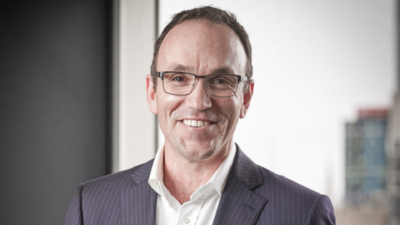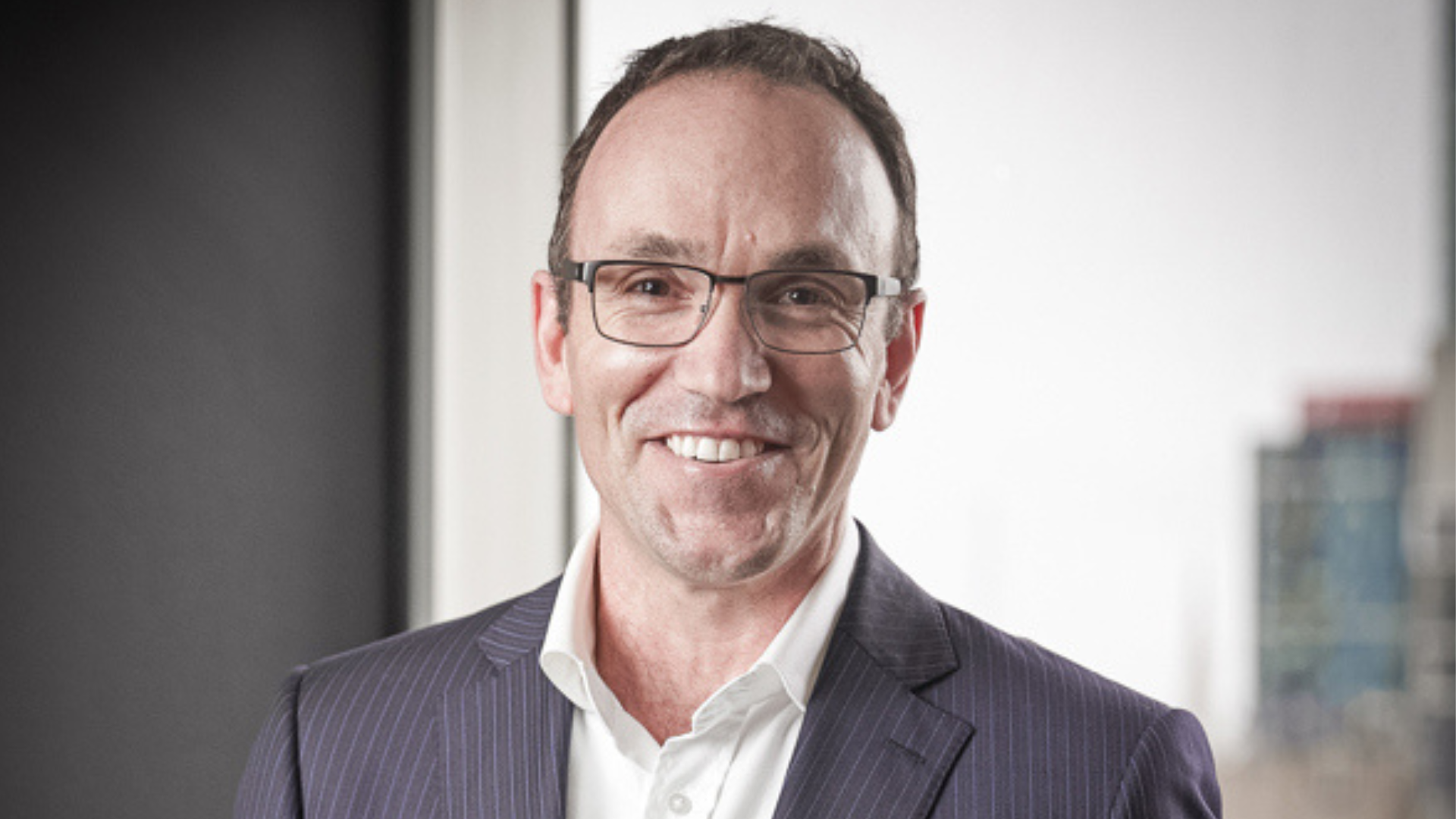New-style capex shows up pockets of growth
(pictured: Mike Schneider)
A common lament among investors is ‘where to invest’ for growth if equities are fully priced and interest rates are low-to-negative. According to a paper by Artisan Partners, companies which combine technological advances with traditional industrial characteristics of quality are a good place to look.
In Australia to speak at a Conexus conference last week, Michael Schneider, a global industrials and energy analyst in the growth team at Artisan who is based in Milwaukee in the US, said that one area of growth is largely related to the application of technology in the industrial process.
The Artisan paper, ‘Where We Are Finding Growth – Industrial Process Innovation’, notes that the slower capital expenditure cycle is often cited as a factor behind the tepid expansion in many developed markets. But the paper argues the top-down view obscures a healthy but different sort of capex cycle: one that is more technology driven and focused on efficiency and margin improvements.
“Rather than making large expenditures on traditional fixed equipment to drive volume, firms globally seem to be focused on reducing labour costs while increasing throughput and innovating faster via software-driven automation,” the authors say.
“The goal: bigger and more lasting competitive advantages. In our view, this trend of increased industrial process innovation is durable and has the potential to drive significant profit acceleration for firms that can execute well.”
An important part of the changes has to do with the Internet of Things (IoT), which enables all sorts of goods, from household refrigerators to commercial light fittings, to have sensors connected to the internet for both more efficient operations as well as extra capabilities.
Schneider cites the example of the light fittings manufacturer Acuity Brands, which is a leader in the use of more efficient LED lighting. But Acuity has gone a big step further than improved efficiency; it has combined light fittings with sensors to allow customers to collect data, for example by tracking customers in stores, and to push messages to them. The sensors can even “hear” noises, such as gunshots, and therefore enhance security systems, as well as detect temperature changes.
The advantages of using light fittings for these new tasks are that they are ubiquitous, and therefore not readily noticeable, and already have an electricity supply to keep installation costs down. Target in the US has anno8nced it would roll-out the new fittings across 300 stores.
Another example is Australia’s Brambles, which is studying the economics of putting sensors on its old wooden pallets to help the company keep track of them. The company typically loses about 10 per cent of its pallets a year. The pallets could also become an information provider to the customers, such as information on weather conditions.
The applications from IoT mean that the notion that technology is a specific sector is being questioned as the GICS sector definitions are becoming increasingly blurred. For instance, Mastercard is categorised as a financial stock but Visa as a tech stock.
Where companies are located is irrelevant, Schneider says, as global wage rates have been brought within a tighter range due to rising wages in the big emerging markets. Hexagon AB, an information technology company, is headquartered in Sweden, manufactures in Switzerland and trades on the Swiss exchange, reports in euros and has a large exposure to China.
Artisan’s flagship global opportunities fund is slightly overweight Australia, with two of our more global companies in the portfolio – James Hardie and Treasury Wines. Treasury Wines was the best-performing company by some metrics in the recently completed company reporting season.
“We’ve had double-digit wage inflation in emerging markets, starting with Mexico in the 1990s,” he says. “It does mean fewer jobs. If you look at the industrial revolutions of the past, they have tended to enhance the value of labour; now, innovations are mostly to displace people… It’s obviously got a negative social context… leading to a protectionist movement, as we saw with Brexit.”
A copy of the paper is available to institutional investors. Contact: Whitney Drayton on









